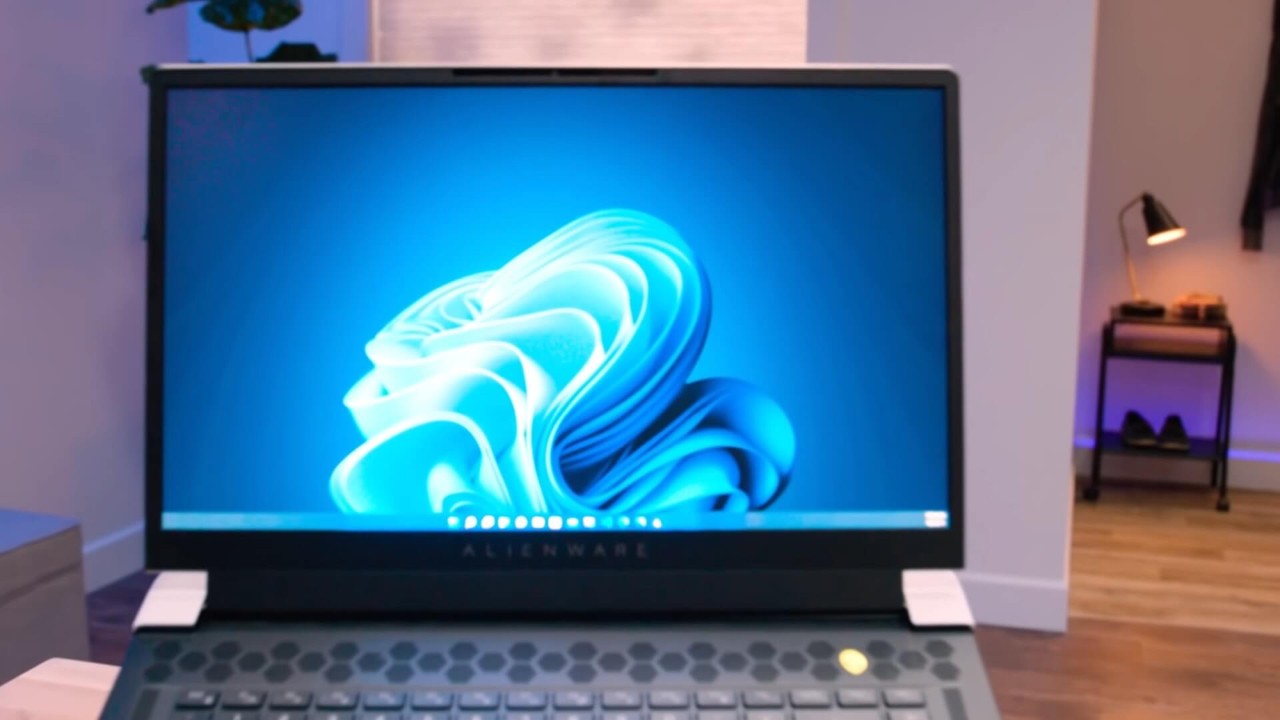It's now possible to use Windows on iPhones
The iPhone, one of the most popular names in the smartphone world, is making headlines again with another development.

Technological advancements continue to streamline our daily lives, offering assistance in numerous tasks. However, this ease of use is heavily dependent on using the right products, particularly within a unified ecosystem. Devices that seamlessly communicate within such an ecosystem provide an enhanced experience, but stepping outside of this ecosystem can often lead to complications. A prime example of this is the experience of using a Windows PC in conjunction with an iPhone. To address these compatibility issues, Microsoft has unveiled a new Windows app designed for iPhones, iPads, Macs, and PCs.
Microsoft's latest venture into cross-platform compatibility is a significant step. This new Windows app, developed for iOS, iPadOS, macOS, and Windows, essentially replaces the previous Windows 365. It serves as a central hub that allows users to remotely view and interact with their Windows operating system. Unfortunately, as of now, this preview version of the app is not available for Android users.
It's now possible to use Windows on iPhones
This app opens up new avenues for users, enabling them to access, control, and use their remote devices without needing to be physically present at their computers. For years, establishing a smooth communication channel between Windows and iPhone has been a challenge, often resulting in a frustrating experience for users trying to access photos and files on their computer. This app significantly reduces these access issues, offering a more integrated experience.
Currently, the app appears to be limited to Microsoft's business accounts. However, there are indications that it might eventually become available to consumer accounts. The app boasts a range of features, such as multi-monitor support, custom screen resolutions, dynamic screen resolutions and scaling, and support for a variety of devices including webcams, audio interfaces, storage devices, and printers.
Microsoft has a long history of providing remote connection applications for computers, but the introduction of a dedicated “Windows App” marks a notable development. This might signal Microsoft's ongoing efforts to transition Windows entirely to the cloud, reflecting a broader strategic goal within the company.
 Samsung Galaxy Fit 3 poster leakedSmart Watch
Samsung Galaxy Fit 3 poster leakedSmart Watch





